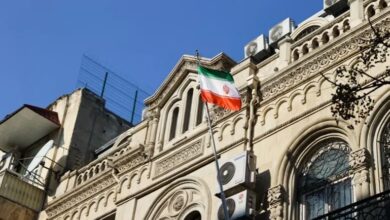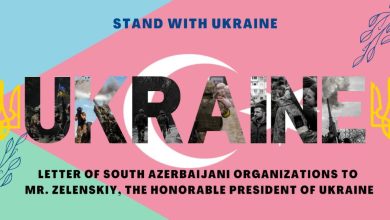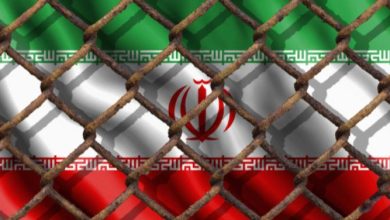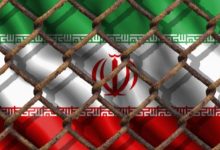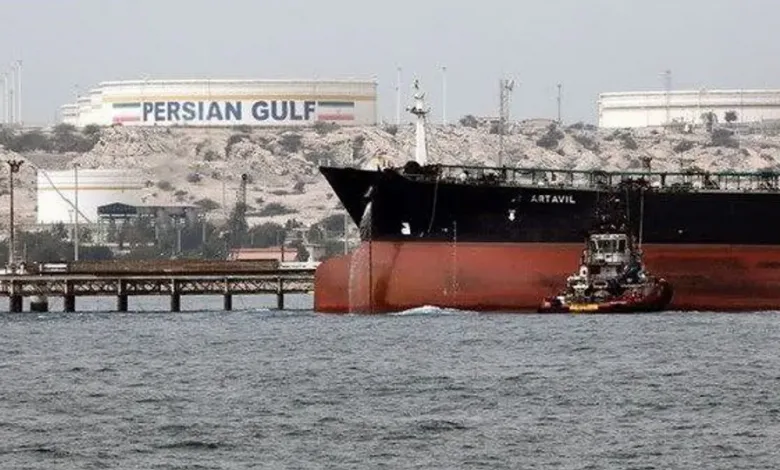
Iran’s oil export income grew by 494 percent in the first 5 months of the Raisi administration, Fars news agency affiliated with the Revolutionary Guard reported Tuesday.
The report is an attempt to shed a positive light on the embattled hardliner government, covering a range of budgetary and other economic indicators, but the claim about more oil exports is not too far from other estimates showing weakness in enforcing United States sanctions.
Fars said that from mid-August when Ebrahim Raisi took office until mid-January, Iran sold about $2.8 billion of oil and related products, while in the last four months of the previous administration oil exports totaled just $500 million. (The report mentions the figures in rials, and we converted the amounts using an average exchange rate of $1=250,000 rials.)
The Raisi administration and its political allies almost on daily basis try to show that his government has a far better record in economic performance, including circumventing Unites States’ sanctions.
Putting the two figures together, Iran is still far behind in meeting its budget estimate from oil revenues. The roughly $3.3 billion dollars accrued since the beginning of the Iranian fiscal year on March 21, 2021, constitutes less around 30 percent of the budget projection for oil sales in this fiscal year. Iran’s original projection was to export around $15 billion in this period.
Current estimates of oil sales vary widely, ranging from 650,000 to more than one million barrels a day, with China boosting its imports in the final months of last year. However, Iran sells it oil with a big discount, according to its own officials, but both the true volume of exported oil and its price remain a secret.
The $3.3 billion reported by Fars for total oil exports since August seems low, even if we take the lower estimated exports by the discounted price of $50 per barrel, Iran should have made close to $5 billion in five months. Therefore, there are three possibilities: The figures mentioned by Fars are wrong; the estimate of 650 barrels per day is too high; or Iran is offering buyers much steeper discounts.
Fars claims that its report is based on information collected from official sources.
The report also claims that borrowing from the central bank declined by 30 percent since raisi assumed office, but this assertion amounts to an accounting gimmick.
The government sold about $5.4 billion of “Islamic Bonds”, which is another term for indirect borrowing from the central bank. A large enough private capital market to digest billions of dollars in government bonds simply does not exist in a country which has had around $60 billion in capital flight since 2018. The bonds are simply sold to government-owned banks, which have their own liquidity problems and have to borrow from the central bank, which in turn prints money.
Officials and media have been warning about the huge increase in liquidity since 2017 and this is the secret to government’s financing amid US sanctions. But as more money gets printed, inflation skyrockets and the national currency’s exchange rate drops. One US dollar now buys eight times more rials than it did in 2017.


